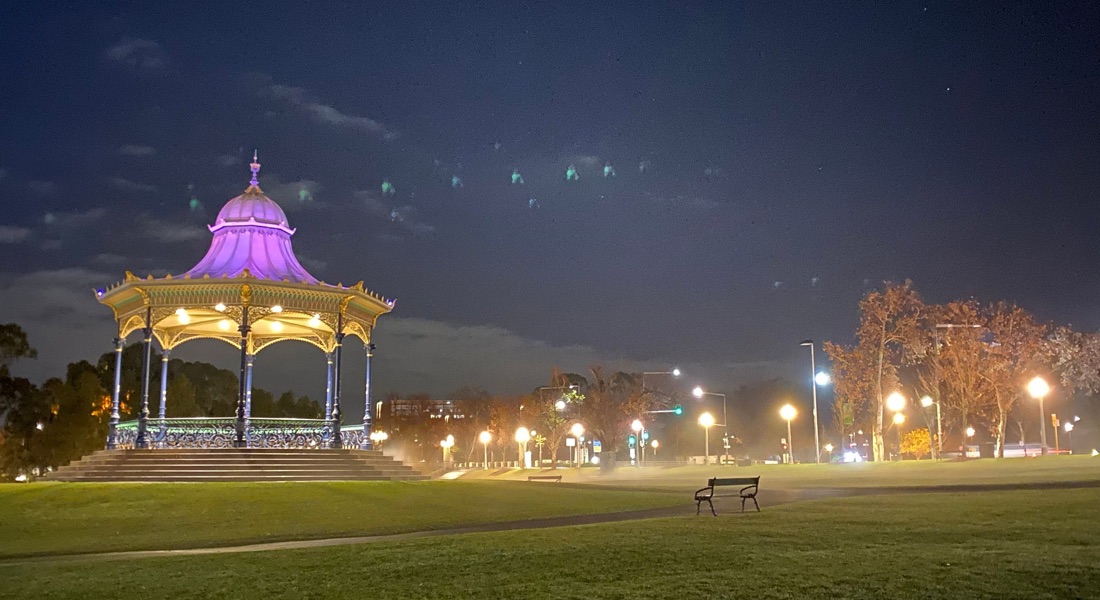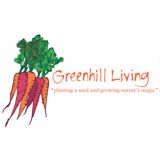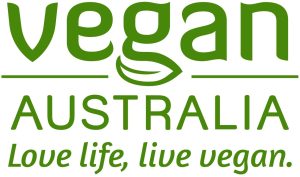How to run Ultra Adelaide
There is a reason why one of the tag lines for South Australia is SA Great; Ultra Adelaide proved the trails in SA are spectacular and with the weather on our side, you couldn’t help but soak up the pure beauty of the trails even if 19km were along a river pathway.
The course
I was keen to have this 100km as my ‘A’ race because it was close to home and who wouldn’t want to run from the hills to the bright lights of the city, it’s like the yin and the yang of road to trail running.
The Ultra Adelaide course tackles the Heysen Trail from Kuitpo, North through the hamlets of the Hills, to Mount Lofty and beyond through Brown Hill and Morialta before following the Torrens River down to the finish at the heart of Adelaide – a bit of trail and road, almost the perfect combination of both.
The 100km course has almost 3000m of elevation gain with majority of that is between the 50-80km mark as you weave your way through Mt Lofty, Morialta and Black Hill – you are not fresh at this part of the race.
This race required you to have a well thought out strategy; to know your strengths and weaknesses and to see the benefit of changing into road shoes once you hit the path part of the course, which was the last 19km towards home. Like most ultra-endurance races, you had to be dialled into the terrain and well prepared, something I was somewhat lacking due to months of illness.
Getting to the gut of the problem
Like most, I can say I’ve had the COVID virus (end March 2022) and since then I’ve had the flu and most recently suffered a nasty stomach issue which derailed most of my key sharpening training for this event.
Being “ill” three times in one year is a record for me; it’s the most I’ve been sick in what feels like 20 years. I am not saying being a plant-based vegan has given me health superpowers, but it does seem the odds are stacked in my favour more by following a diet rich in fruit and vegetables, nuts and seeds and wholegrains with little to no processed foods.
My three-week stomach issue or for what its better known, gastro was not how I saw my training in lead up to the race; sure, I wanted to be leaner but living off a bowl of rice and mashed potato every second day was not the ideal carb loading scenario preparing me for an endurance event.
At this stage, I had to think carefully about my training load and the risks associated with taking on this race, was my body going to be up for it?
Long time between hundreds
The last time I had run 100km point to point was June 2020; in the small window between Victorian lockdowns. The time before that was a competitive 100km late 2018 where I felt my fittest and strongest in both body and mind. Since 2018 I have battled a few injuries; namely Achilles tendon issues which stuck around for almost 3 years and most recently a torn soleus muscle which when experiencing issues in your lower limbs this can literally bring you to a screaming holt.
Running should be an enjoyable movement however these two injuries almost made me fear walking so running long seemed almost unachievable. 3 weeks out from the race and self-doubt was a bitch. When you embark on an ultra-endurance event you need to have trust not only in your body but your mind too and I was struggling with both.
Don’t worry about what you can’t control. My focus and energy needed to be on the things I could control. Time to reset.
Hometown feels
I omitted to embrace the importance of running a hometown event until after the event. I had forgotten that my greatest supporters, my family had not actually seen me cross a finish line in an event longer than 56km.
As I came into the last 500m towards the finish line, I could visually see and hear the excitement and the admiration of my family as I finished my official 14th 100km event. At this point all I kept thinking was ‘thank goodness I am able to stay upright and not vomiting across the line’.
Not many people other than my training partners, coach and life partner Zac have seen the rawness and reality of how I look and feel after a 100km event. Some finishes have been joyful, but most have been of sheer exhaustion taking more than a few breaths to come back into myself after crossing the finish line.
What most people see is the finishing photo in which is taken once the race has washed over me; they don’t see the turmoil of the blood (sometimes), sweat and a few tears. This distance is something that should never been taken for granted, it sure is a bloody long way despite my somewhat comfortable attitude towards it.
This race was special. It was my first ultra-endurance race in SA and it will stay with me for a while. Running from the hills to the city lights is something that gets the heart racing; the comfort of the hustle and bustle is eagerly anticipated and welcomed upon first sight.
Breaking the rules of running
They say never run long distances in new shoes and more importantly a race due to the high chance of blisters and feet issues. Now my question is, who says that? OK most running magazines, professionals and a community that speaks from experience!
There have been a few times where I have ignored this very important recommendation and gone with what my gut is telling me; both times have been a success. This race was no different. With persistent lower limb issues, even a hip that decided to lock up a few days before I was weary to wear my low-profile Salomon’s, as much as I love my Ultra 3 I just felt like I needed a bit more ‘comfort’ for this race – I needed to pull out all the stops to ensure the body including feet were going to be up for the challenge.
Hoka. Never worn them despite selling their praises almost every day. They are technically a great shoe and comfort wise, well I’m not sure there is anything as good on the market. My choice for Ultra Adelaide; Speedgoat 5 for the trail and Rincon 3 for the road.
I had done my research, stack height, grip, lightness, and responsiveness were exactly what my body was craving. Let’s just say, my body ate up these shoes with a vigour that had me describing my run as ‘running on a pogo stick’ I was just so bouncy and bloody comfortable.
I don’t recommend at all wearing a pair of shoes for 80+ kilometres straight out of the box unless you have experience with feeling into your body during runs; this is where the mind body connection is so fundamentally important.
My gamble paid off; I was all the richer for listening to my gut as well as ignoring all the advice ever written about new shoes and long runs.
All part of the process
This was the 100km race I needed to do. Running comfortably, the mongrel didn’t appear during this race as frankly I just didn’t have in me so my recovery post race has been stellar. The morning after the race I gave myself ‘the morning off’ choosing to replace a morning run with two hours in bed watching Point Break (ah Patrick and Keanu).
The week’s training post 100km looked something like this:
- Sunday mid-morning – 8km trail hike followed by infrared sauna
- Monday – 20km easy bike ride
- Tuesday – Easy 5km run
- Wednesday – Easy 5km run + PT strength session followed by massage
- Thursday – Vinyasa yoga + 8km hilly run
- Friday – 10km run including hike repeats
- Saturday – Hot Pilates + strength session at gym
The key to recovery is controlled easy movements plus a diet rich in protein rich plant-based foods.
Celebrating the wins, no matter how big or small
In the lead up to the 100km run I had to trust that I had done enough to get me through the race and was more than prepared that the end of the run might be a bit ugly along with recovery. I was realistic about my expectations and didn’t beat myself up for what could have been or should have been, I was accepting of where I was at and didn’t waste energy fighting where I wished I was. This mind set in a game changer.
100km (+5km bonus for taking a wrong turn) Official time: 13 hours 19 minutes, 3rd Place Female and 9th overall.
Today I celebrate the resilience of my mind and body and congratulate even the smallest of wins; including the one blister I got from wearing two pairs of new shoes on race day!











Leave a Reply